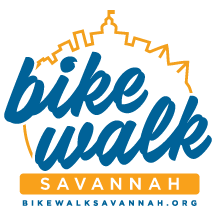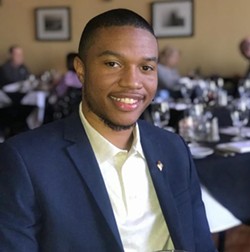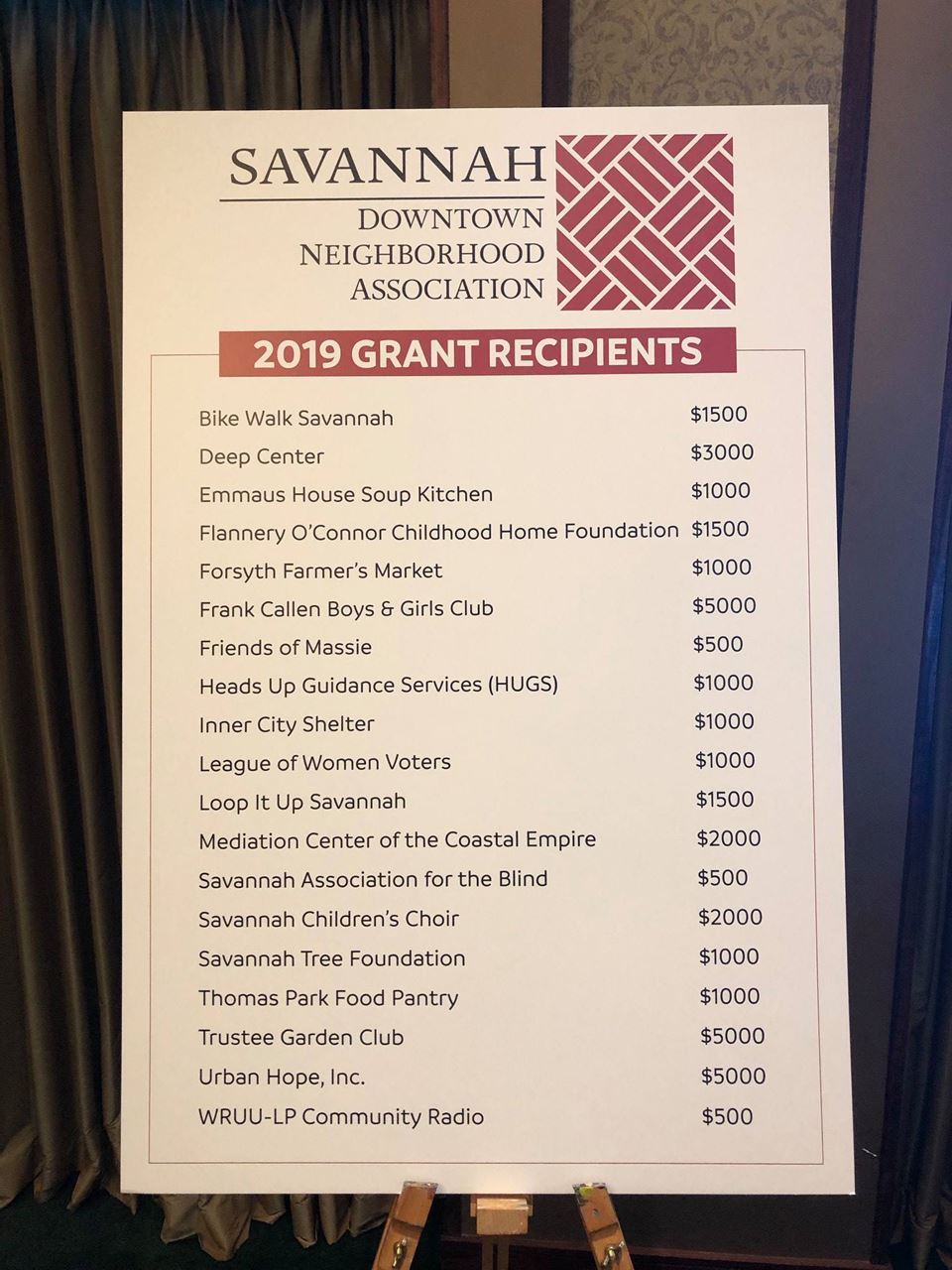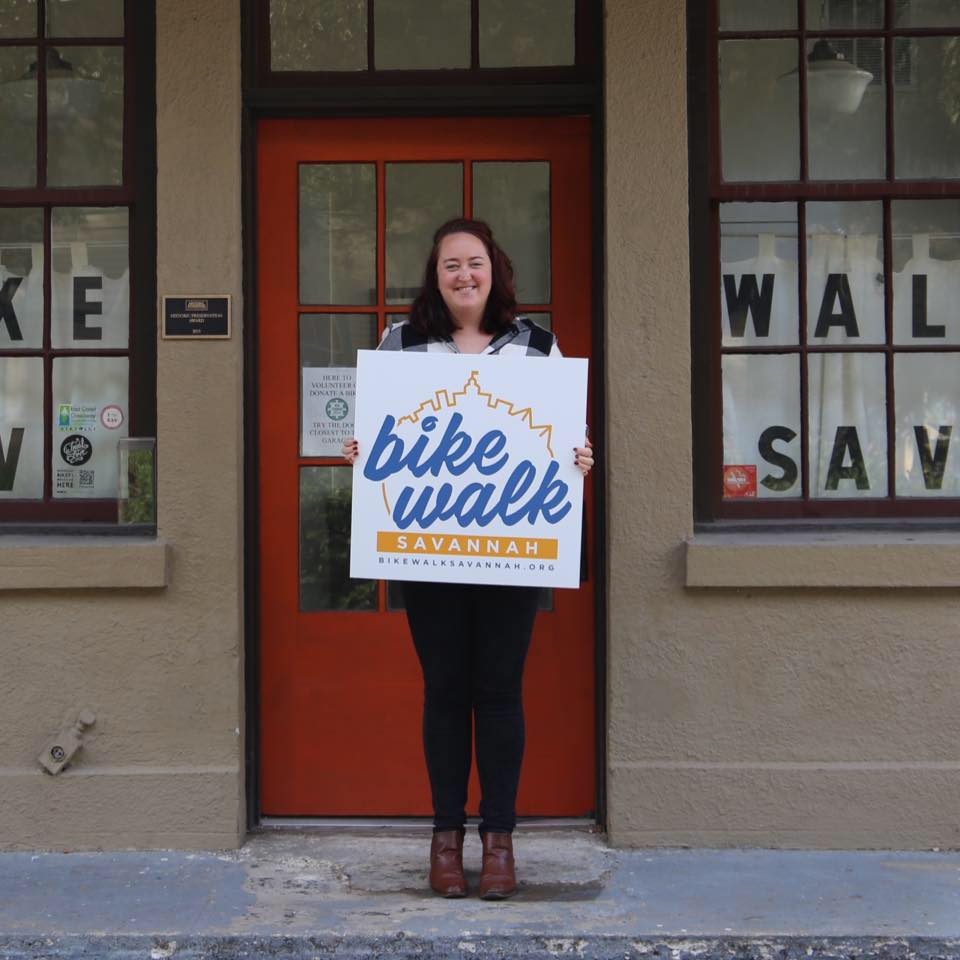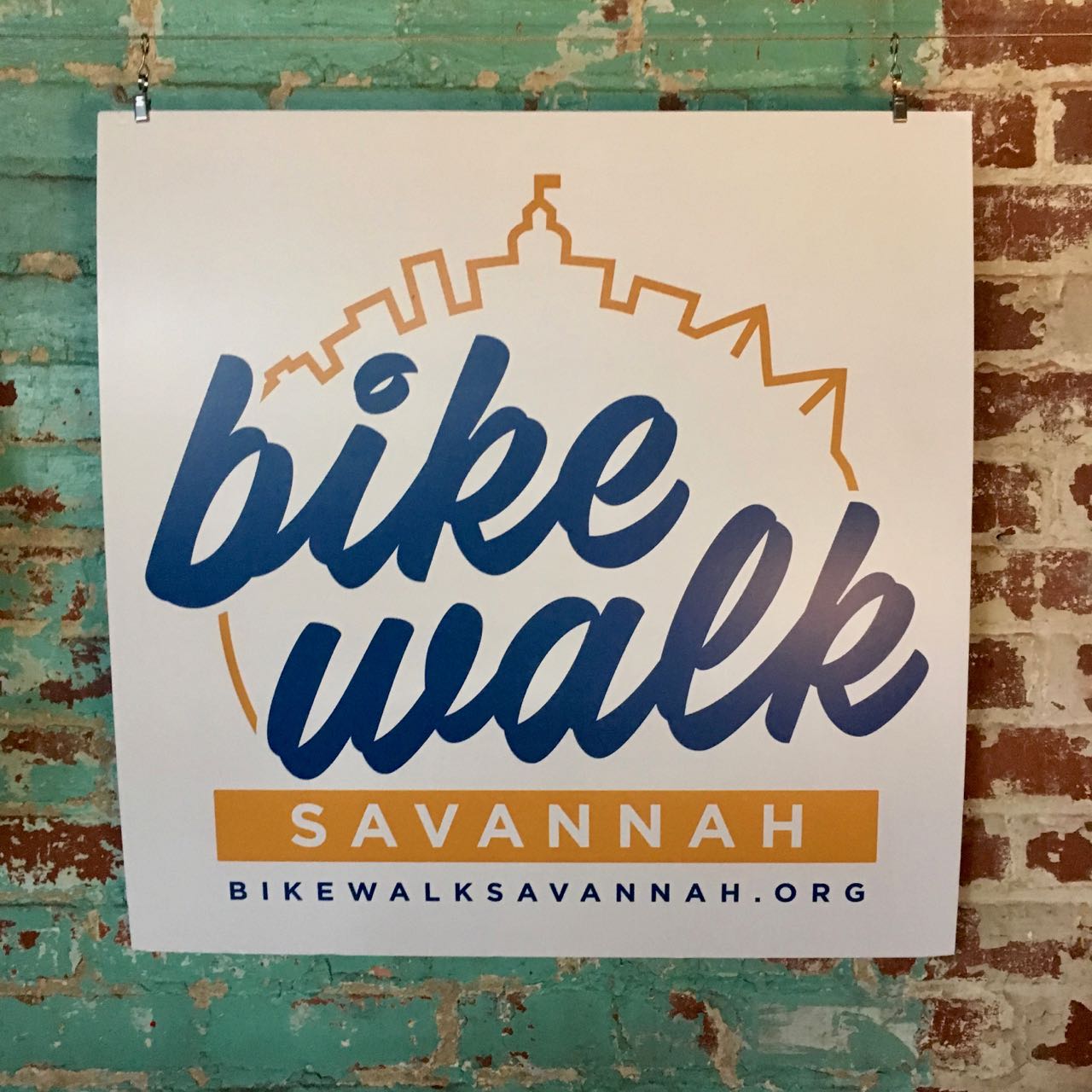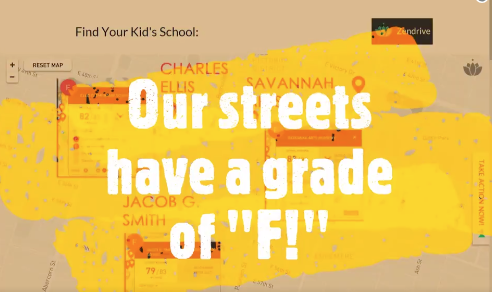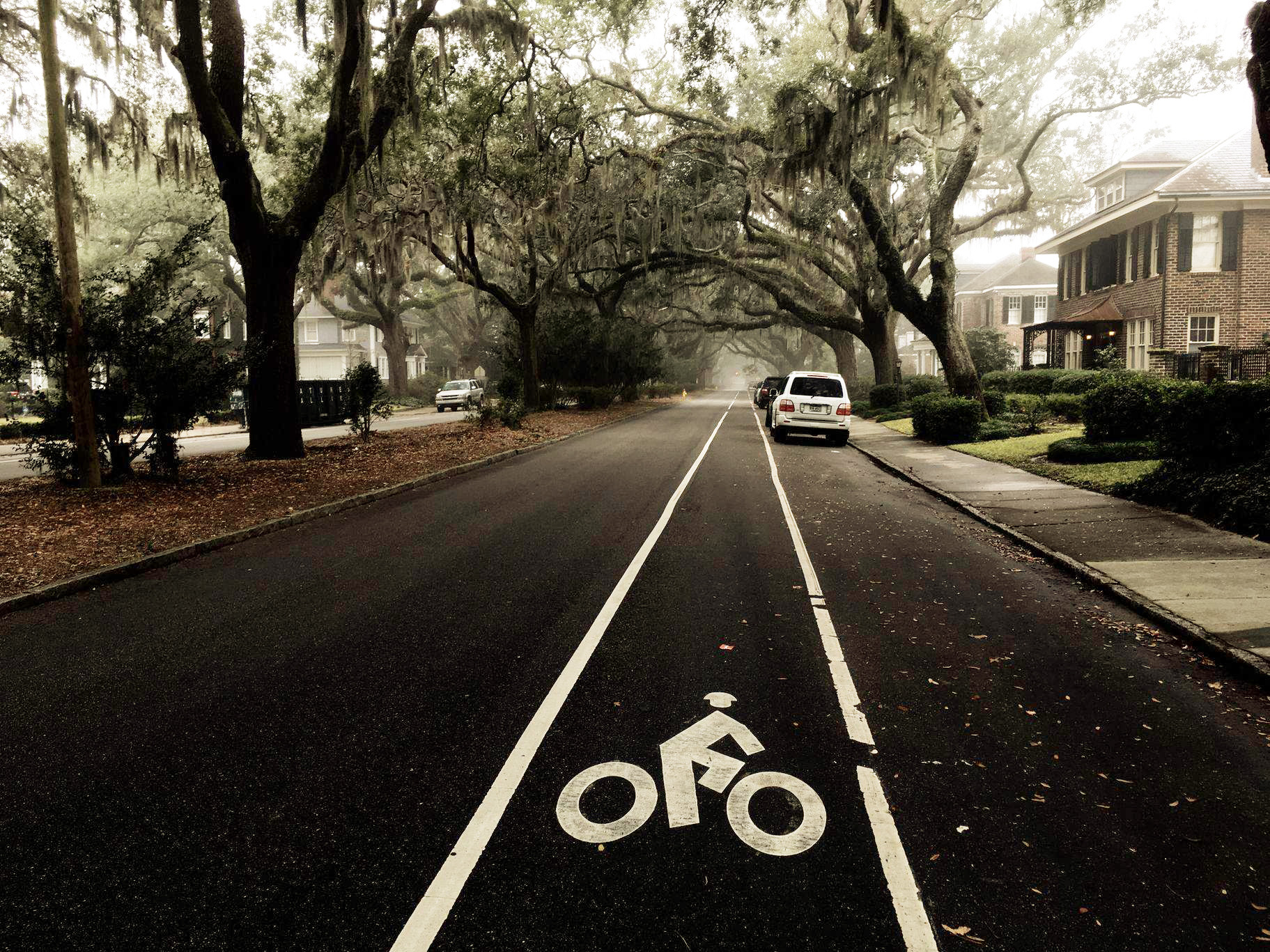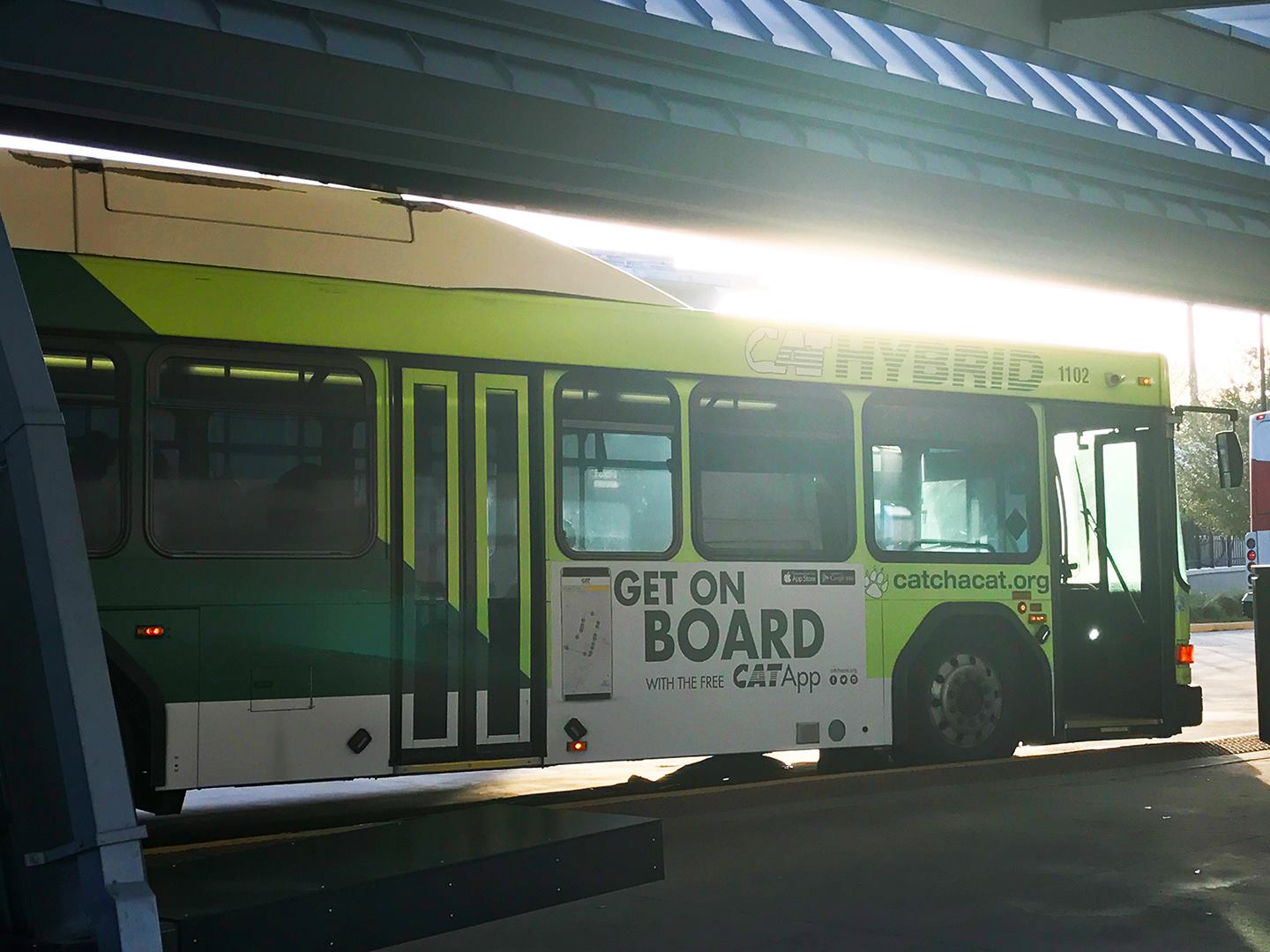Improving literacy, teaching children about healthy food, enhancing bike safety, sponsoring summer camps, providing food and shelter for the needy, tree planting and care, Forsyth Park preservation, youth conflict resolution, and counseling for women who have experienced trauma. These are just some of the activities that the Downtown Neighborhood Association (DNA) will support with its 2019 Community Partner Grant Program.
DNA’s Board of Directors recently announced the recipients of this year’s grants. They are:
Bike Walk Savannah $1,500
Deep Center $3,000
Emmaus House Soup Kitchen $1,000
Flannery O’Connor Childhood Home Foundation $1,500
Forsyth Farmer’s Market, $1,000
Frank Callen Boys & Girls Clubs $5,000
Friends of Massie $500
Heads Up Guidance Services $1,000
Inner City Shelter $1,000
League of Women Voters of Coastal Georgia $1,000
Loop It up Savannah $1,500
Mediation Center of the Coastal Empire $2,000
Savannah Association for the Blind $500
Savannah Children’s Choir $2,000
Savannah Tree Foundation $1,000
Thomas Park Food Pantry $1,000
Trustees Garden Club $5,000
Urban Hope, Inc. $5,000
WRUU-LP $500
Each year, the DNA bestows grants to community organizations that have an impact on the greater downtown area, particularly those that help or enrich the residential quality of life. Each recipient goes through an application process and before the DNA Board of Directors for selection.
“Our mission is to enhance the quality of life in the Historic Landmark District, protect Savannah’s unique downtown environment, and advocate public policies which support these objectives,” said Melinda Allen, president of the DNA. “With that in mind, our grant programs are geared to protecting the Landmark District’s architectural heritage and encouraging restoration & beautification. We also support local organizations that enhance the community through aid to Savannah’s citizens, education, safety, music, and youth development. We’re very proud of supporting these organizations and the outstanding work they do for the community.”
The funds for the grants are raised each year through the DNA’s Holiday Tour of Homes and Inns. Members and supporters of the DNA open their homes and inns for visitors to tour and learn about architecture, home décor, and the history and culture of the South. Close to a hundred volunteers supported the day-long event held last December. The DNA sold more than 800 tickets and raised $45,000 from the event. With two-thirds going to grants, the additional $10,000 will support community initiatives that address livability issues for downtown residents.
